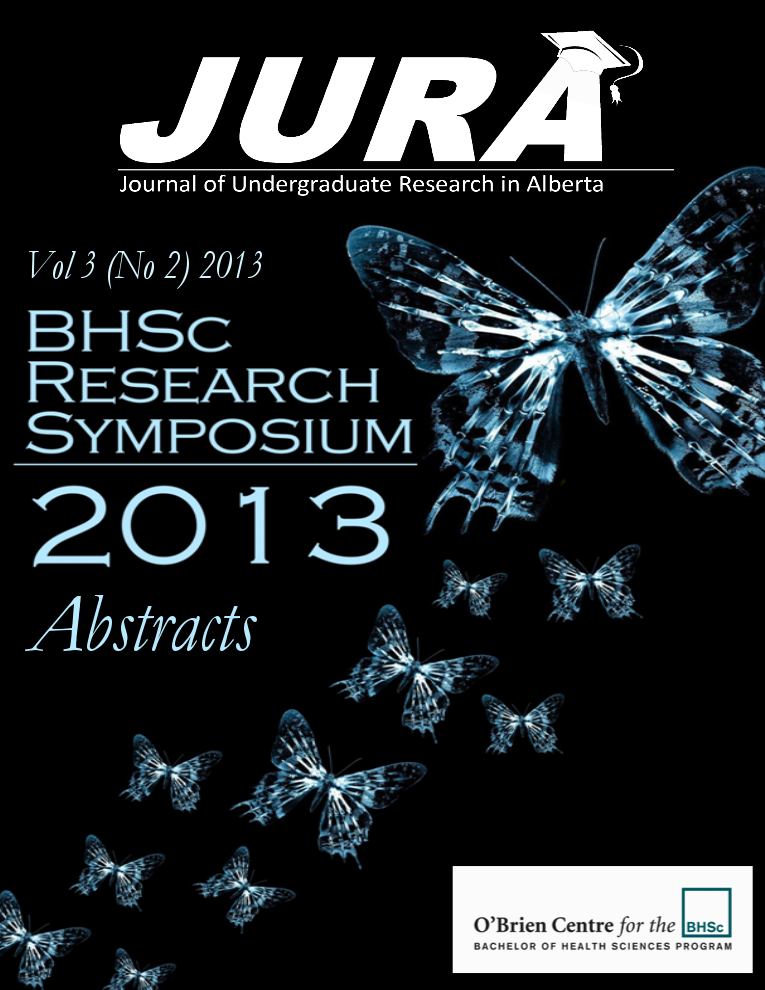Examining UCH-L1 In Mouse Spermatogonia
Keywords:
mouse spermatogonia UCH-L1Abstract
INTRODUCTION: Spermatogonial stem cells (SSCs) form the foundation of fertility throughout the life of the adult male. However, pathways controlling their self-renewal versus differentiation remain poorly understood. It has previously been established that the deubiquinating enzyme Ubiquitin Carboxyl-Terminal Hydrolase 1 (UCH-L1) is specifically expressed in undifferentiated spermatogonia that contain the SSC population [1]. Based on previous observations that UCH-L1 expression decreases with germ-line differentiation, it is hypothesized that UCH-L1 may play a role in SSC maintenance. The overall goal of the project is to elucidate the role of UCH-L1 in an immortalized type A spermatogonia mouse cell line.
METHODS: This project uses C18-4 cells [2], an immortalized type A mouse spermatogonia cell line, treated with a specific, reversible, active site directed inhibitor of UCH-L1 to examine the growth characteristics of germ cells in the absence of UCH-L1 activity. Cells were treated with 5µM, 10µM and 20µM of UCH-L1 inhibitor compared to DMSO (vehicle) and no treatment control for 24 and 48 hours. Changes in cell number, viability, proliferation (EdU), and apoptosis (TUNEL) were assessed between treatments.
RESULTS: A decreasing trend of cell number and proliferation was observed with increasing UCH-L1 inhibitor concentration. The greatest change in cell number was observed in the 48-hour treatment group with 20µM of UCH-L1 inhibitor (p=0.0659) (Figure 1). There was no change observed in TUNEL or cell viability.
DISCUSSION AND CONCLUSIONS: Results analyzed to date show no significant differences between treatments, which is likely due to low replicate number (n=2). However, a trend of decreasing cell number and proliferation was observed with increasing UCH-L1 inhibitor concentration for both 24 hour and 48-hour treatments. Results of these experiments will help determine the appropriate inhibitor treatment to further examine the mechanistic actions of UCH-L1. Furthermore, elucidating this pathway may lead to new strategies to support expansion of SSCs in vitro.
Downloads
References
1. Luo J, Megee S, Dobrinski I. J Cell Physiol. 220:460-468, 2009. http://onlinelibrary.wiley.com.ezproxy.lib.ucalgary.ca/doi/10.1002/jcp.21789/full
2. Hofmann M, Braydich-Stolle L, Dettin L, Johnson E, Dym M. Stem Cells. 23:200-210, 2005. http://www-ncbi-nlm-nih-gov.ezproxy.lib.ucalgary.ca/pmc/articles/PMC3151429/?report=classic
Downloads
Additional Files
Published
Issue
Section
License
Authors retain all rights to their research work. Articles may be submitted to and accepted in other journals subsequent to publishing in JURA. Our only condition is that articles cannot be used in another undergraduate journal. Authors must be aware, however, that professional journals may refuse articles submitted or accepted elsewhere—JURA included.


